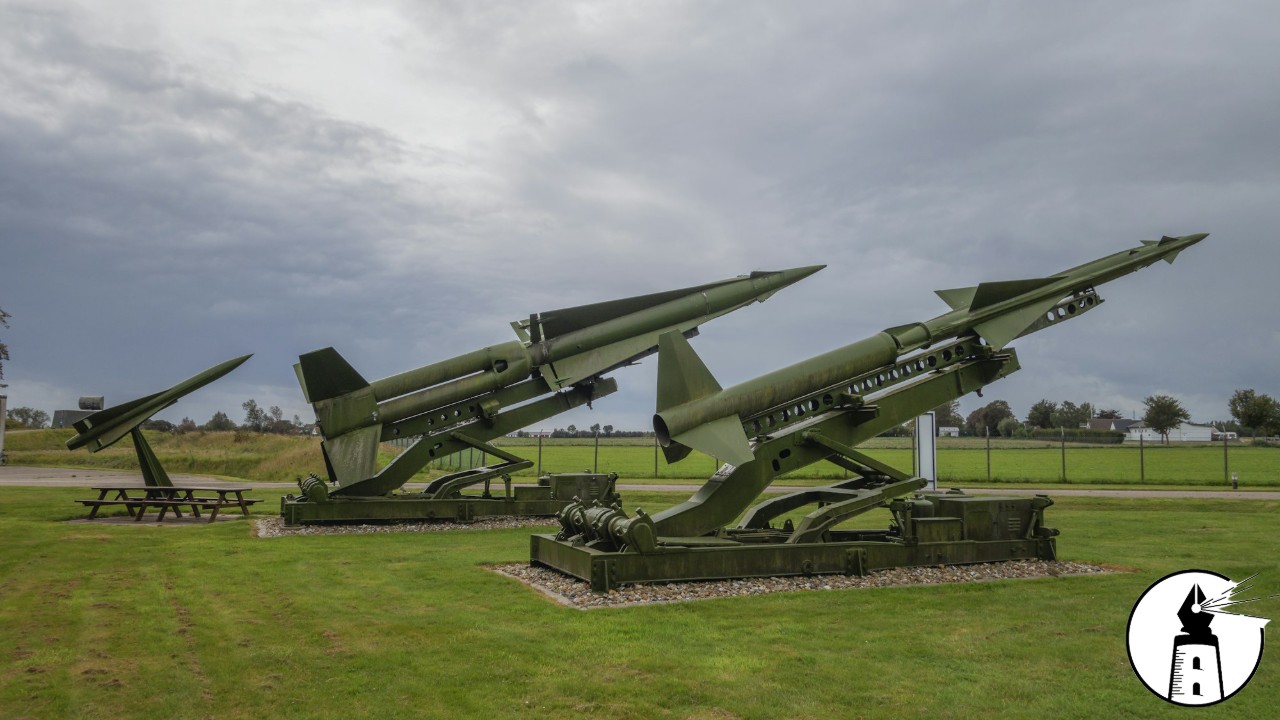The already fragile relationship between India and Pakistan has taken another dangerous turn. In a highly coordinated operation, India launched missile and air strikes on nine locations within Pakistan and Pakistan-administered Kashmir, stating that it targeted militant strongholds tied to several banned groups. The operation was short but forceful, lasting just 25 minutes. The resulting explosions disrupted the early morning calm, stirring unease across both sides of the contested border.
Pakistan has responded with its own claims, saying it downed multiple Indian jets and drones. It reported dozens of casualties and injuries caused by Indian air strikes and artillery shelling. India, for its part, said that Pakistani shelling claimed the lives of several civilians on its side. This latest round of violence was triggered by last month’s attack on tourists in Pahalgam, located in Indian-administered Kashmir. India blamed the assault on groups operating out of Pakistan, an accusation Islamabad firmly rejected, calling it unsubstantiated and lacking evidence.
This isn’t the first time the two nuclear-armed neighbors have found themselves locked in conflict. Tensions have simmered since their partition in 1947, with the Kashmir region acting as the primary flashpoint. The countries have fought three wars, two of which were over Kashmir. In more recent years, the pattern has evolved into tit-for-tat strikes and counterstrikes. In 2016, India conducted cross-border surgical strikes following an attack in Uri. The 2019 Pulwama bombing prompted India to strike deep into Balakot, marking the first air strike inside Pakistan since 1971. That event led to an aerial dogfight and the capture of an Indian pilot, although diplomatic efforts helped avoid further escalation.
What distinguishes the current incident is the scale and geographic reach of India’s action. Strikes reportedly hit deeper inside Pakistani territory, beyond the usual targets near the Line of Control. Indian officials say the strikes were meant to re-establish deterrence, targeting infrastructure tied to multiple militant groups. By striking as far as Bahawalpur and Muridke, India appears to be signaling a broader strategy aimed at eliminating threats it deems existential and persistent.
Pakistan has indicated that retaliation is inevitable. Military leaders there are under public scrutiny, especially as the country faces domestic political turmoil. With key opposition leaders behind bars and trust in the military eroding among urban middle-class voters, this conflict may serve to restore some of the military’s credibility and influence. Already, media outlets within Pakistan are amplifying reports of successful defenses, shaping public perception in the military’s favor.
While both sides are well aware of the catastrophic potential of a full-scale war, the risk of escalation remains high. Past crises have shown that what begins as surgical precision can quickly spiral into something far more chaotic and uncontrollable. The fact that both countries possess nuclear weapons adds another layer of urgency to the situation.
For the United States, this flare-up comes at a time when its global focus is divided. Nevertheless, Washington has a strategic interest in ensuring that two of South Asia’s most volatile powers avoid open conflict. The U.S. has often played a behind-the-scenes diplomatic role in past crises, encouraging dialogue and offering de-escalating pressure. It may be forced to step into that role again, especially if the situation deteriorates further.
The coming days will likely determine whether this confrontation remains contained or evolves into a broader conflict. Either way, the stakes are high, not only for India and Pakistan, but also for regional stability and international diplomacy.
—By Greg Collier
UPDATE: Since our initial post, India and Pakistan have agreed to a ceasefire.



